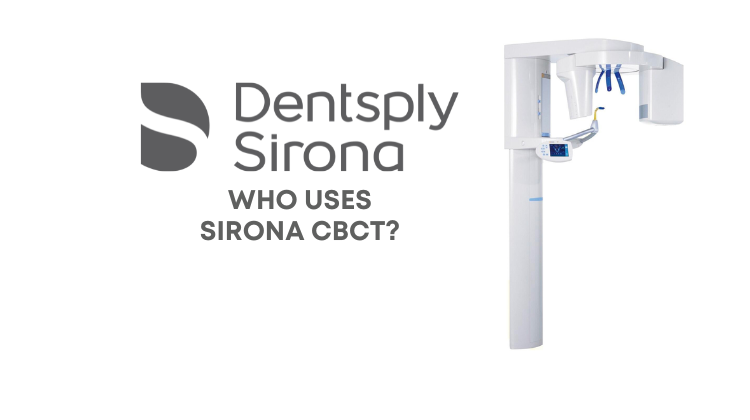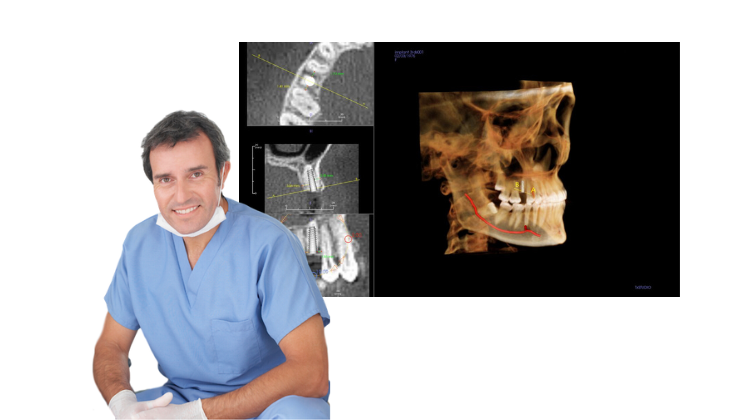How do you know when is the RIGHT time to buy dental equipment?
Maybe you're ready to maximize the value of 3D imaging in your practice. . . BUT you want to find the right equipment that fits the needs and skills of you and your staff, while also getting a favorable price. We can't think of any doctor who would want a good buying opportunity to slip by and pay more for the same equipment.
While you’re shopping, it’s also important that you’re getting all of the details regarding regarding size, field of view (FOV), features, and warranty in order to make an apples-to-apples comparison of the different brands and models available.
Arriving at a totally transparent cost can be difficult because of the number of factors involved in determining the overall cost of a CBCT machine.
While prices have become a lot more affordable since the early days of CBCT, today we’ll outline what you can expect to pay for a dental CBCT system today and forecasted into 2024.


%20(39)-1.png)
%20(36)-1.png)
%20(35)-1.png)
%20(34)-1.png)

%20-%202023-10-25T104101.633.png)
%20(28)-1.png)

.png)